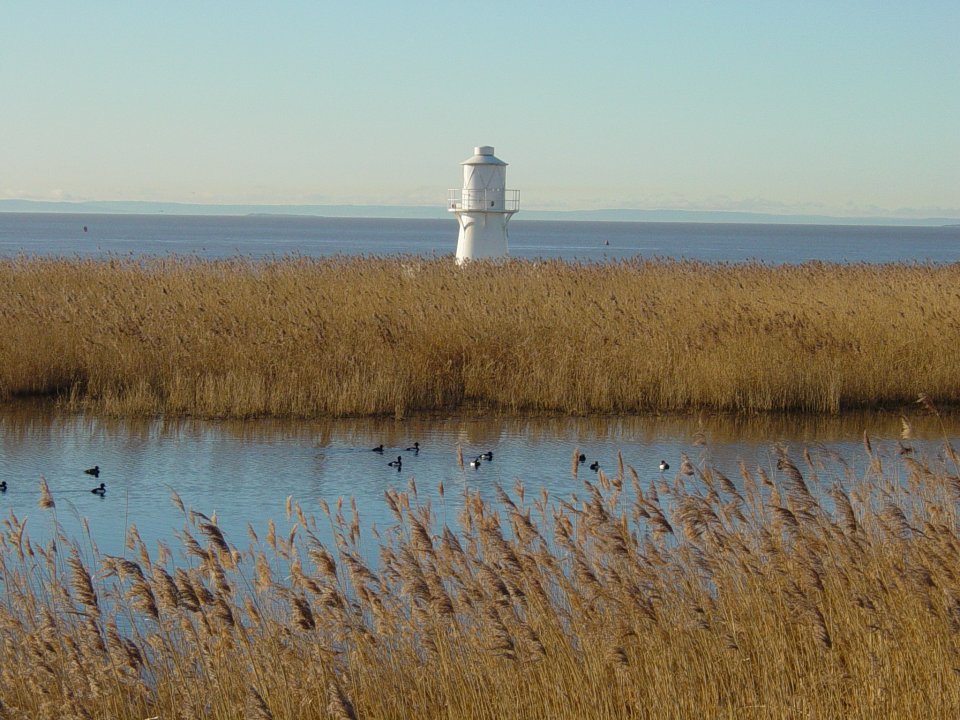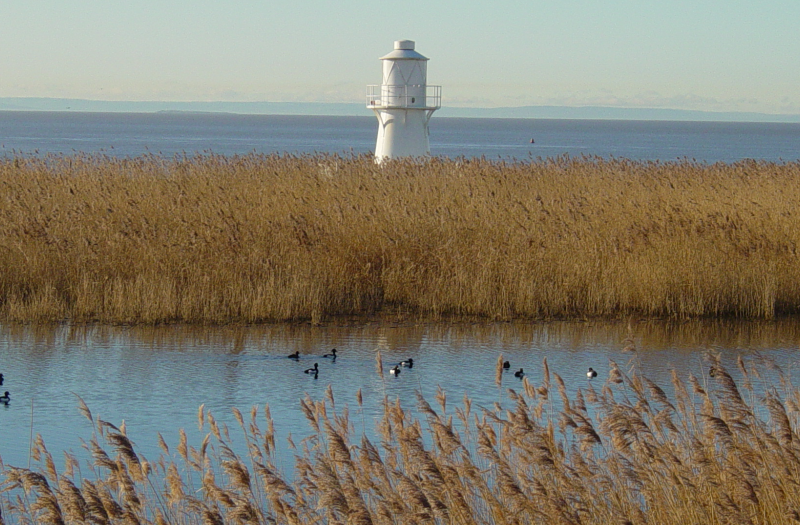Newport Wetlands Nature Reserve

The site lies between the Severn Estuary and the River Usk on the South Wales coast within the Gwent levels which is the largest manmade drainage system in Wales reaching from Cardiff to the Severn Bridge and beyond. The Gwent Levels consist of a mixture of habitats such as coastal floodplains, drainage channels, saltmarshes and mudflats.
To create a new wetland reserve on a brown field site and agricultural land to mitigate the loss of mudflats in Cardiff Bay and the two designated species that were displaced when the Taff/Ely SSSI was destroyed.
The 438.6 hectare nature reserve was created to mitigate for the loss of mudflats when the Cardiff Bay Barrage was built. A further 427.12 Ha of saltmarsh and mudflats were leased from the Crown estate in 2002, taking the overall size of the NNR to 865.72Ha. Over 30 Ha of reed beds were planted...
|
Potential impacts/ benefits |
||||
|
Challenges addressed |
Enhancing sustainable urbanisation |
Restoring ecosystems and their functions |
Developing climate change mitigation |
Developing climate change adaptation |
|
Water Management |
· Reduce costs for water treatment · Improve water quality |
· Improve connectivity and functionality of blue and green infrastructures. |
||
|
Coastal resilience |
· Better protection and restoration of coastal ecosystems |
|||
|
Public Health and Wellbeing |
· Increase accessibility to green open space |
· Increased cultural richness and biodiversity |
||
Can be used in areas of development that require or would benefit from a new wetland, or existing wetlands that need better management.
Creating new wetlands and reed beds can clean up a polluted area where wildlife can thrive.
The Cardiff Bay Development Corporation funded the purchase and construction of the reserve. A European Objective 2 grant, supported by the Welsh Assembly Government, funded the reserves new environmental education and visitor centre. Funding also came from Newports European Partnership, Newport...
